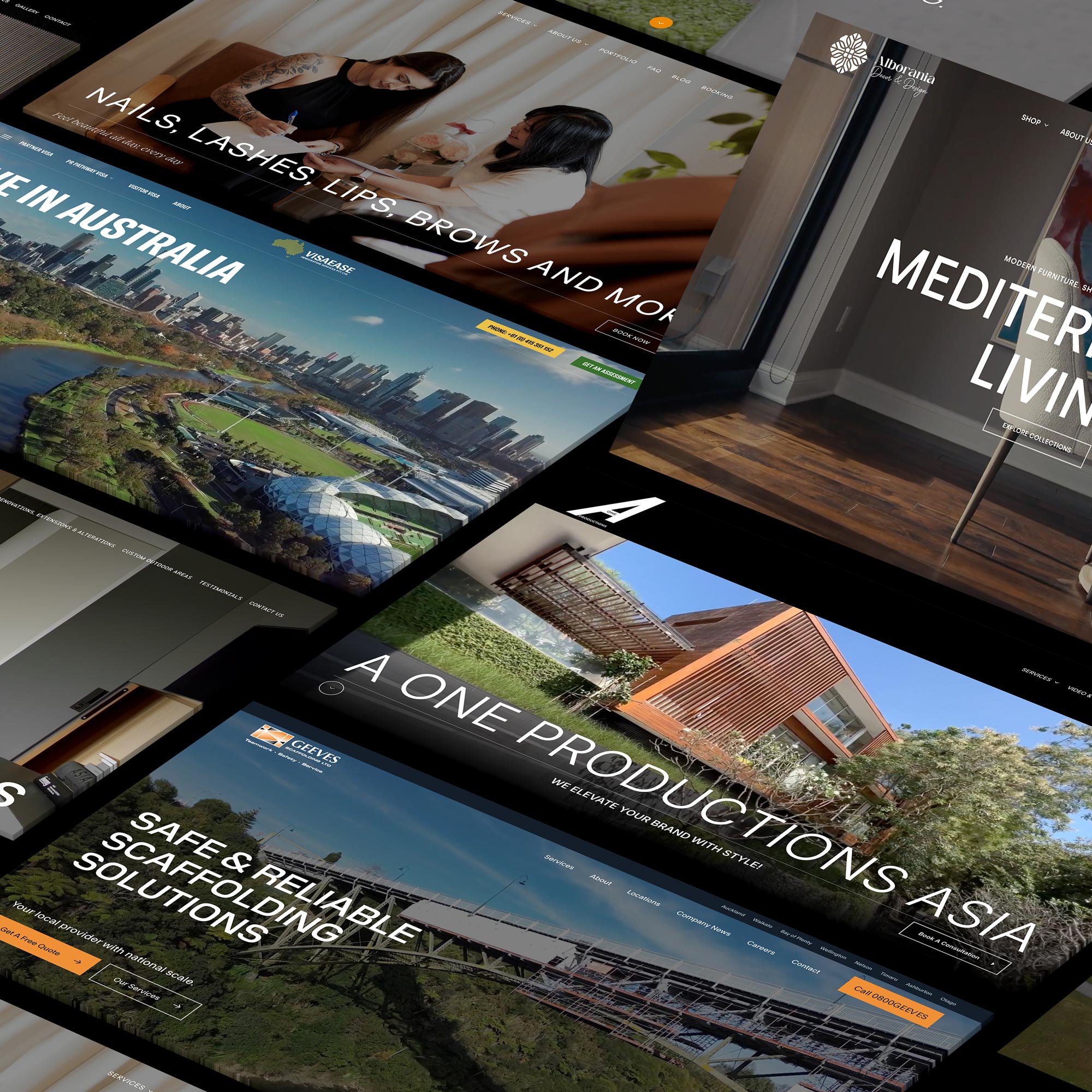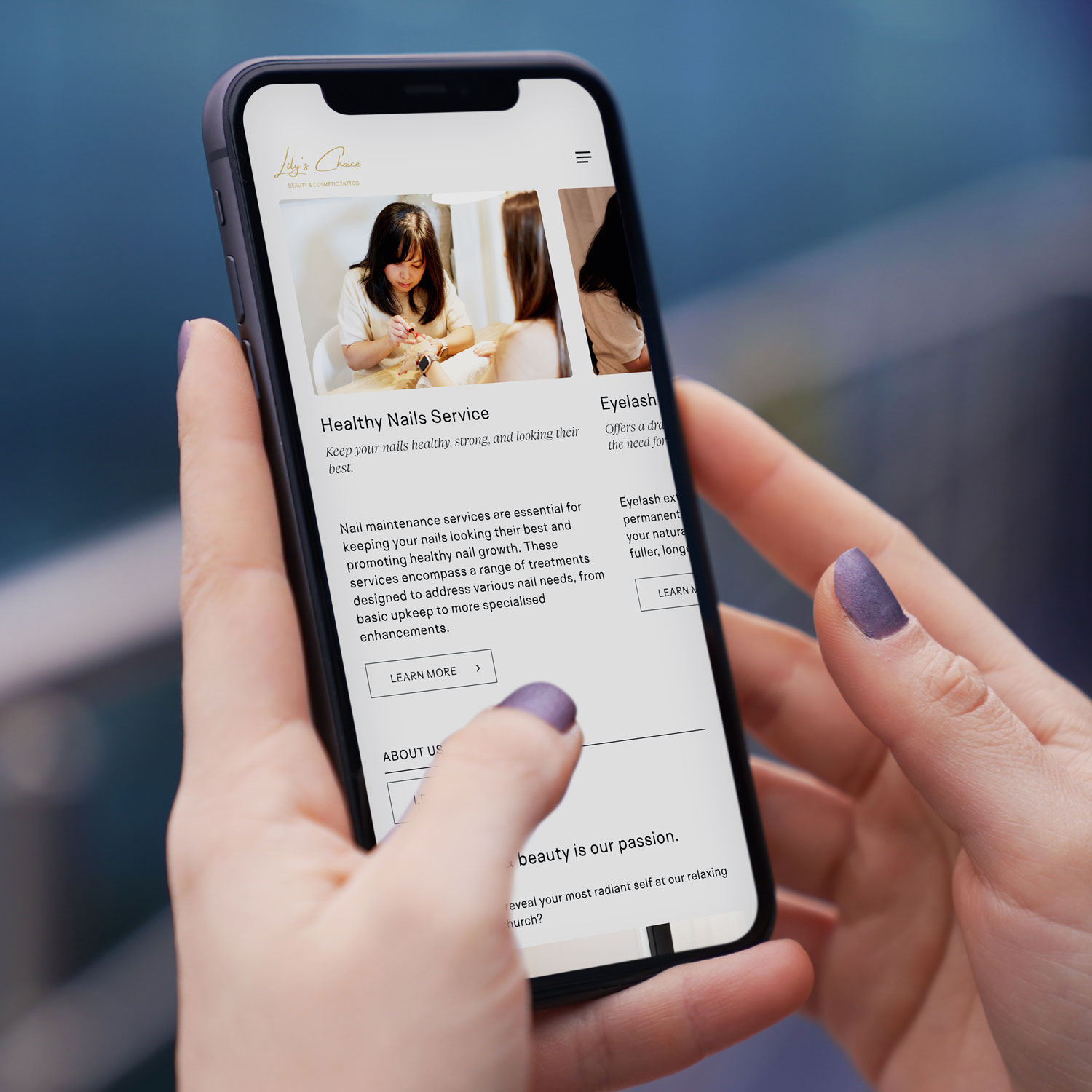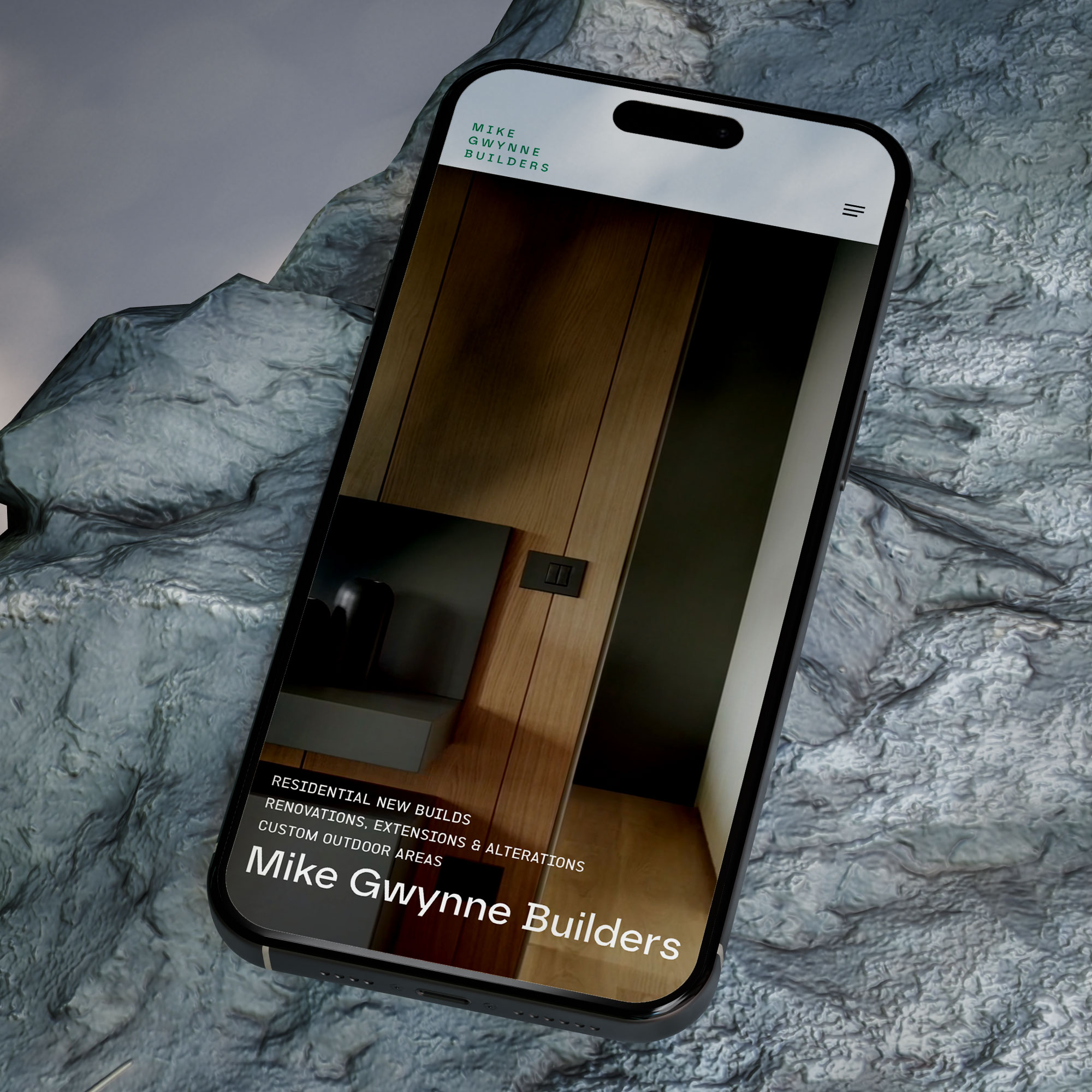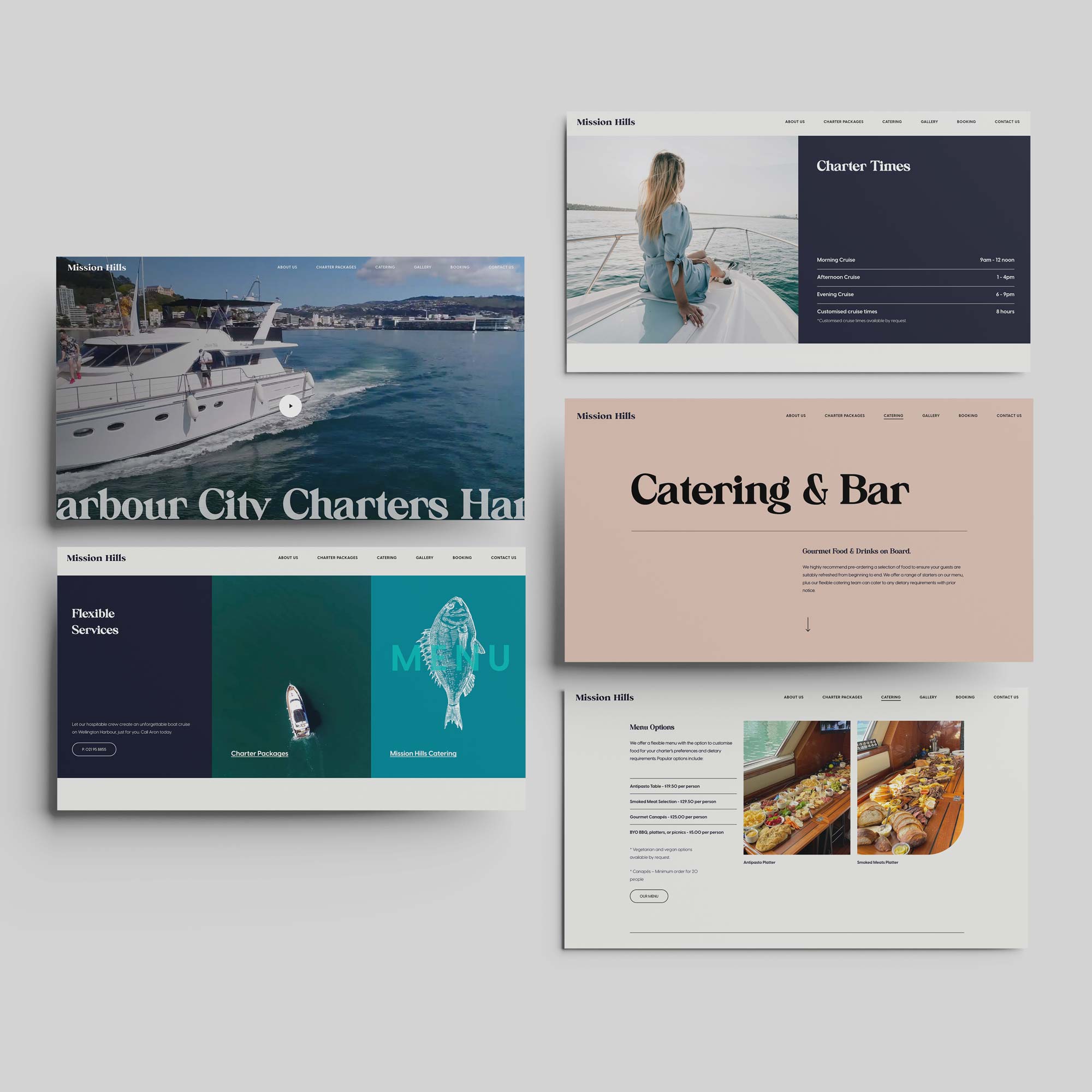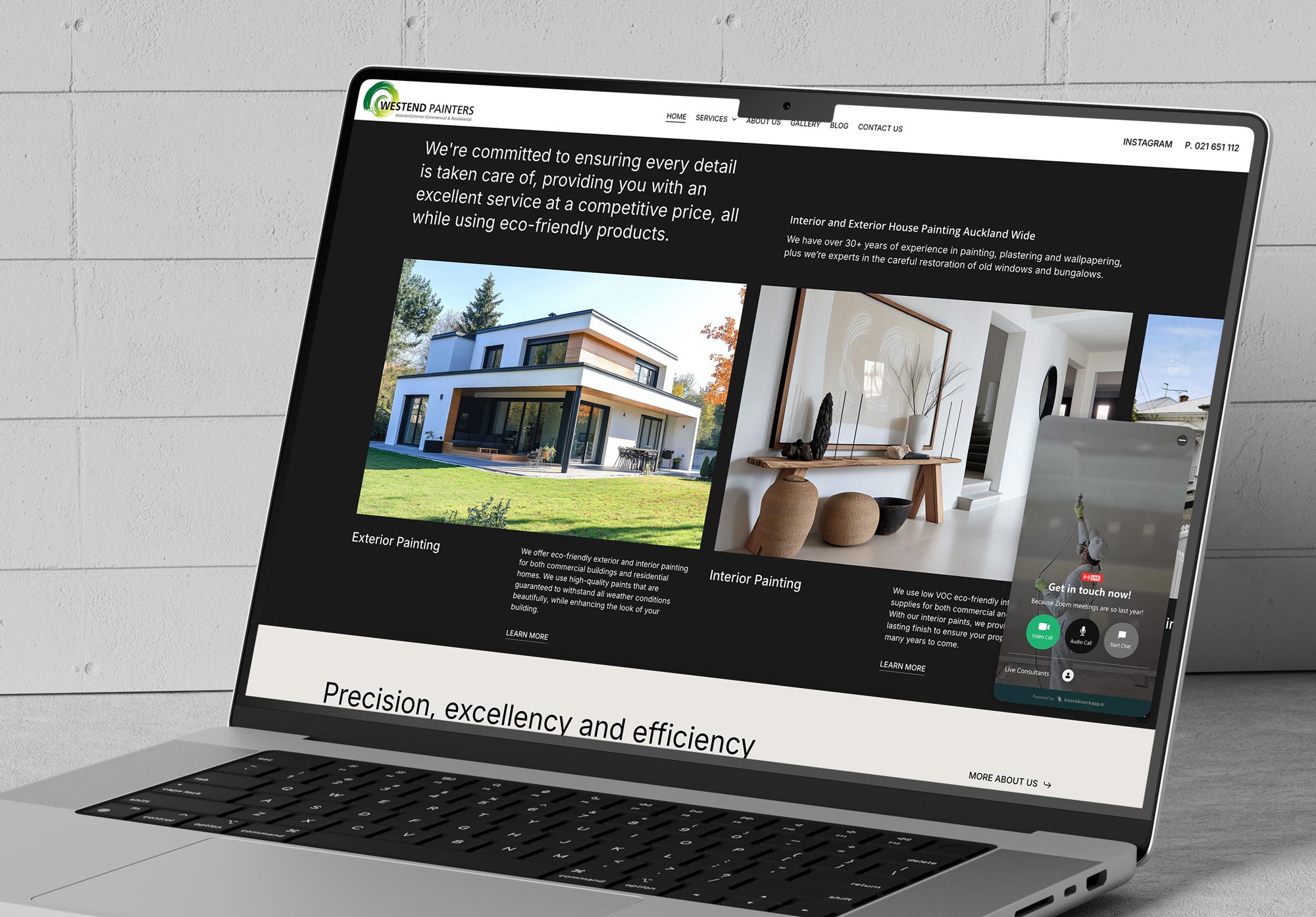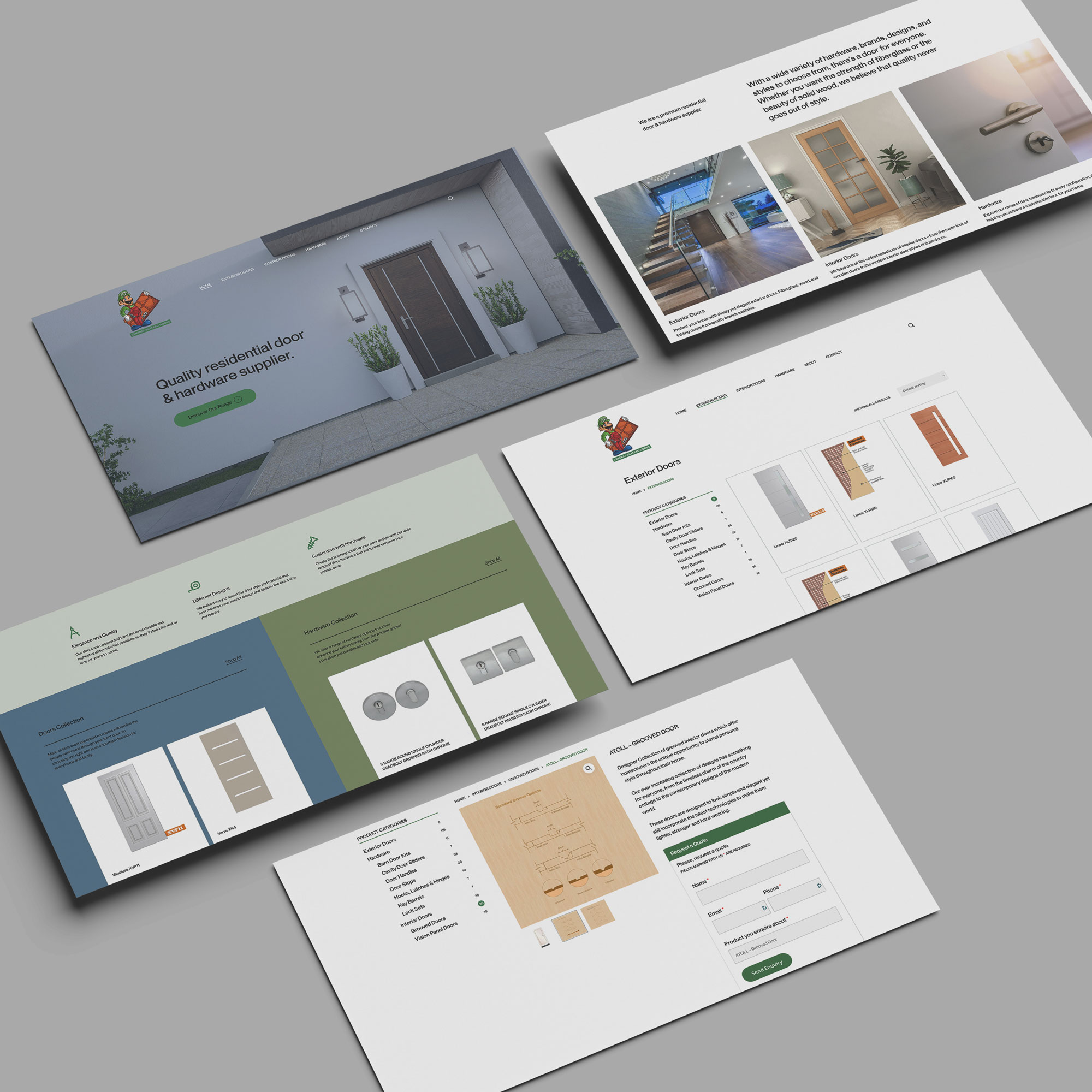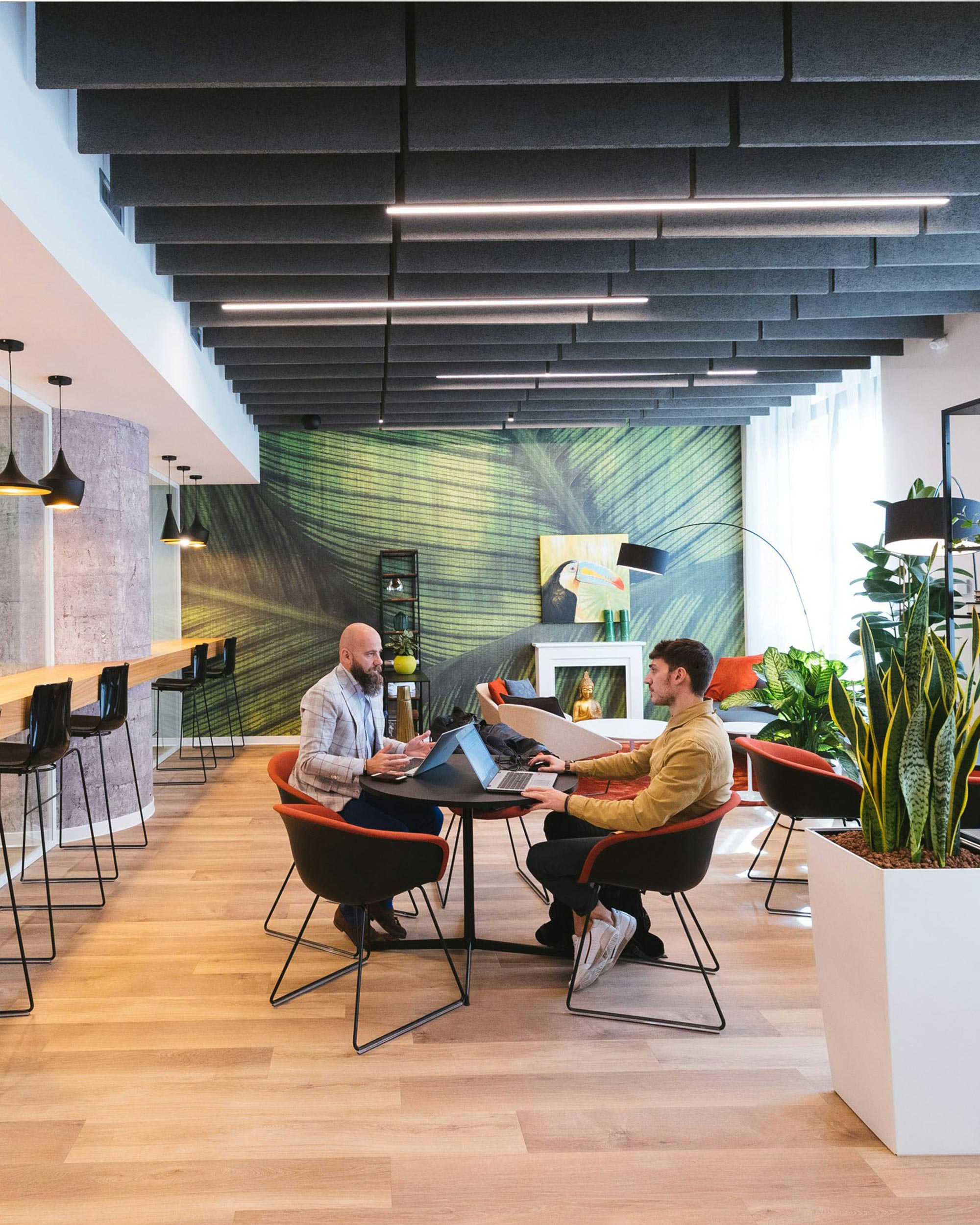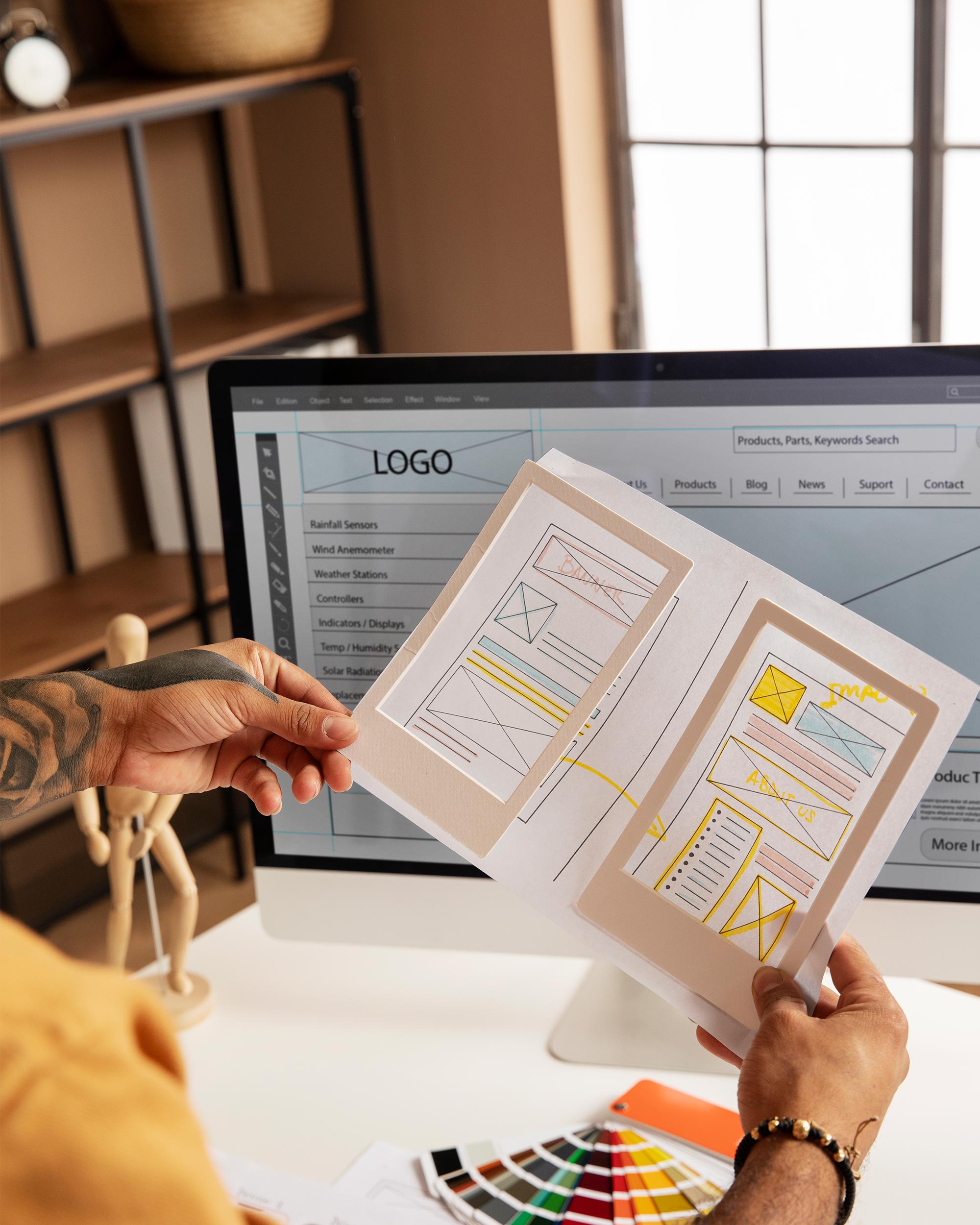
Every business owner loves a bargain. When searching for affordable web design in NZ, you’ll quickly find countless freelancers and overseas agencies promising a complete website for just a few hundred dollars. At first glance, this sounds like a smart way to save money — after all, your business just needs a website online, right?

Why “Affordable” Doesn’t Always Mean Cost-Effective
The problem is that cheap websites often cut corners. They rely on generic templates, bloated code, and outdated practices. While you may save upfront, you’ll likely face slow loading speeds, limited flexibility, poor mobile performance, and expensive fixes later on.
In the digital space, “cheap” almost always ends up being expensive.
The Role of SEO in Modern Web Design
Web design is no longer just about how a site looks — it’s about how it performs. A modern website needs to be built with SEO in mind from day one. Why? Because search engines like Google are the gatekeepers to your customers.
Google ranks websites based on technical quality, mobile responsiveness, Core Web Vitals, and how well a site is structured. If your website isn’t SEO-friendly, you’ll struggle to appear in search results, no matter how nice your site looks.
This is why at Sky Media, we design websites that are not only visually appealing but also search engine optimised. It’s a long-term investment that ensures your website works for your business, not against it.
Hidden Costs of Cheap Web Design
A cheap website may seem like a quick win, but the hidden costs add up fast. Some of the most common pitfalls include:
- Poor User Experience: Visitors land on your site only to find it slow, hard to navigate, or not mobile-friendly. This leads to high bounce rates and lost customers.
- Lack of SEO Optimisation: Most budget sites don’t come with SEO best practices built in. Without proper on-page optimisation, you’ll struggle to rank on Google.
- Security Issues: Many cheap providers use outdated plugins and free themes, making your site vulnerable to hackers. Fixing security breaches is far more expensive than prevention.
- Constant Redesigns: If your site doesn’t scale with your business, you’ll need a complete rebuild every couple of years, multiplying costs.
In short, that “affordable” web design could cost your business thousands in lost leads, reduced trust, and ongoing maintenance.
Why Investing in SEO-Friendly Web Design Pays Off
Unlike a template website that’s designed just to look good, an SEO-friendly website is built to generate business results. Here’s why the investment pays off:
- Better Google Rankings. Higher visibility means more people find you organically, without paying for ads.
- More Organic Traffic. With strong SEO foundations, your website becomes a steady stream of new leads.
- Higher Conversions. Clean design, fast load times, and good UX make visitors more likely to contact you.
- Long-Term ROI. While you may pay more upfront, a properly optimised website works for years and reduces the need for constant redesigns.
For example, many businesses that invest in our SEO packages in Auckland find that within months, their new website begins paying for itself by delivering consistent leads.
What to Look for in an SEO-Friendly Website
Not sure how to tell if a website is SEO-friendly? Here are the key features to look out for:
- Clean Site Architecture: Organised menus and internal linking that help users (and Google) navigate your site.
- Fast Load Times: Speed is critical — both for users and search rankings.
- Mobile-First Design: With most NZ users browsing on mobile, your site must perform flawlessly on smaller screens.
- Core Web Vitals: Meeting Google’s standards for speed, responsiveness, and visual stability.
- On-Page SEO: Optimised meta titles, descriptions, headers, and image alt text.
- WordPress SEO-Friendly Platform: Flexible, scalable, and easy to optimise as your business grows.
When you choose a provider, ask them to show examples of SEO-friendly builds. If they can’t explain how their designs support search engine rankings, that’s a red flag.
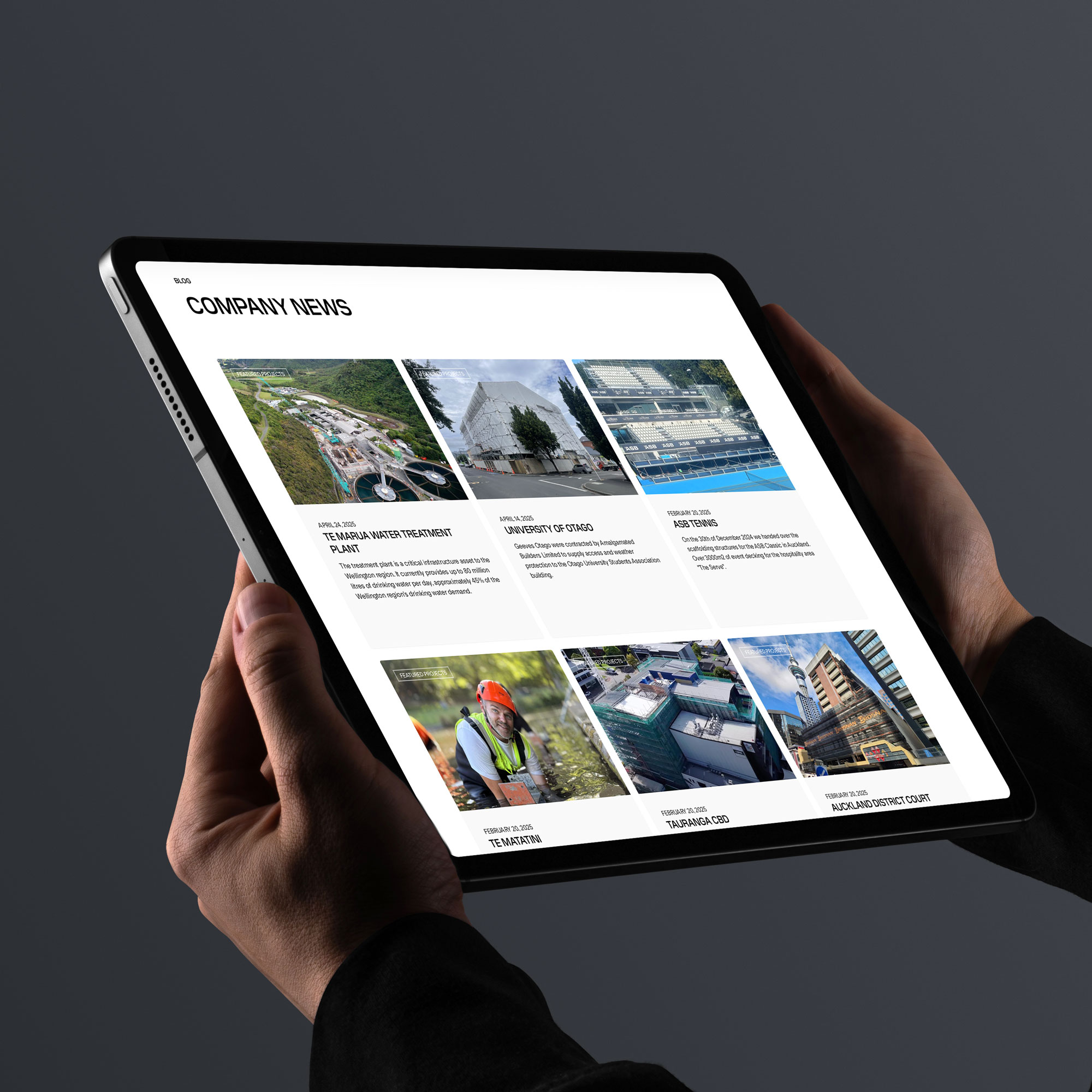
Modern SEO-friendly WordPress website for Geeves Scaffolding New Zealand.
Affordable Doesn’t Mean Cheap – The Sky Media Approach
At Sky Media, we understand that businesses want affordable web design in New Zealand without sacrificing quality. That’s why our approach is simple: deliver value, not shortcuts.
- Transparent Pricing: We provide clear quotes so you know exactly what you’re paying for.
- SEO Built-In: Every website we design comes optimised for search, ready to rank.
- Flexible SEO Packages: From Auckland to Wellington and Christchurch, we tailor SEO packages that fit your budget and goals.
Affordable doesn’t have to mean cheap. It means getting a website that’s fairly priced, performs well, and grows with your business.
Final Thoughts – Invest Smart, Not Cheap
When it comes to your website, the cheapest option rarely pays off. A low-cost build may look fine at launch, but without SEO it won’t bring in traffic, leads, or sales. Over time, the hidden costs of cheap design — poor rankings, low conversions, constant fixes — can far outweigh the initial savings.
An SEO-friendly website is a smart investment. It’s the foundation of your online presence and a tool that drives long-term business growth.
If you’re serious about building a website that performs, don’t settle for the cheapest option. Invest in a partner who understands both web design and SEO packages in Auckland — and your website will pay for itself many times over.
